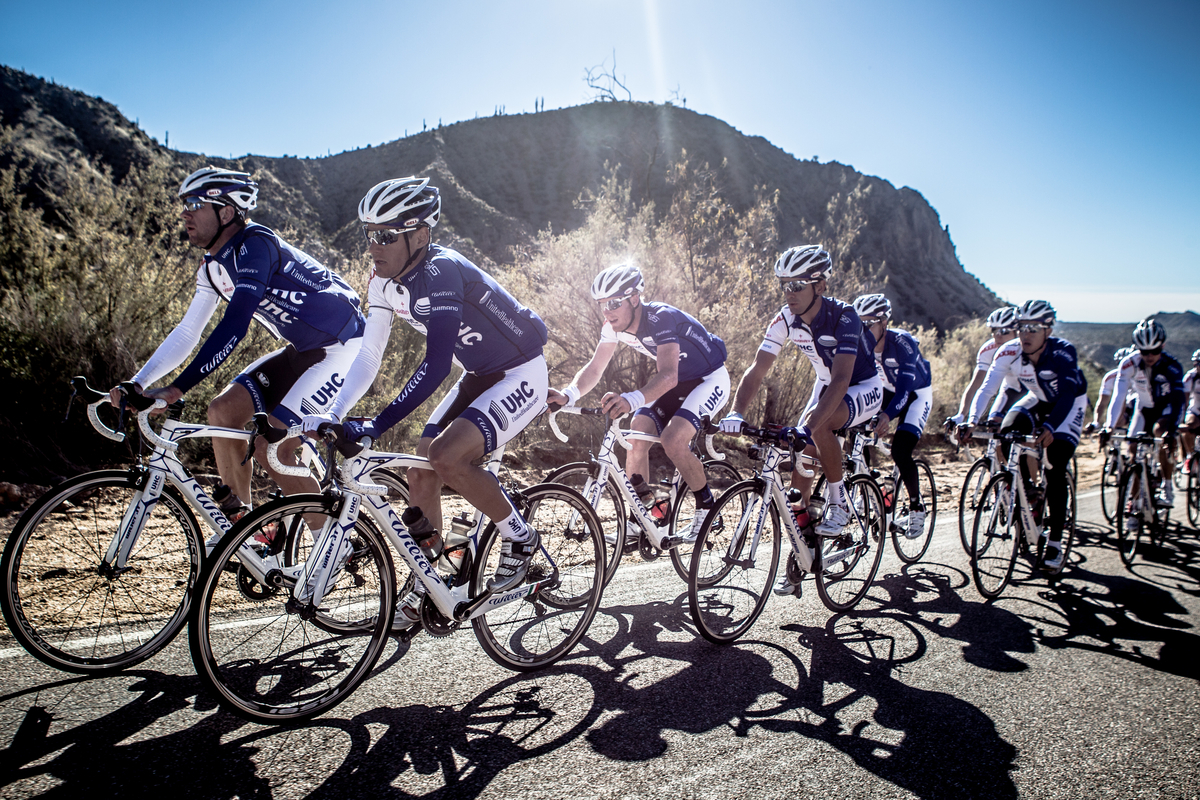


Racing, and riding, at high elevation is an experience like no other. We asked the pros, and their physiologists, what it’s like, and how to prepare.
Every summer, pro cyclists from Europe and North America gather in Colorado for the USA Pro Challenge, where entire stages are held at or above 10,000 feet elevation. Those who have acclimated hold a clear advantage; those who have not try to hang on as long as they can. We spoke with pro riders, and physiologists, to learn more about what it’s like to race at high altitude, and how the average cycling enthusiast can prepare for racing, or just riding, at extreme altitude.



